NEMA is an American-based organization formed in 1926 which sets the standards for electrical components and systems to adhere to and maintain. Read More…
Our customers find we have the highest standards when it comes to quality, and delivery. Quail Electronics is a worldwide power cord supplier, offering power cords and various other products.
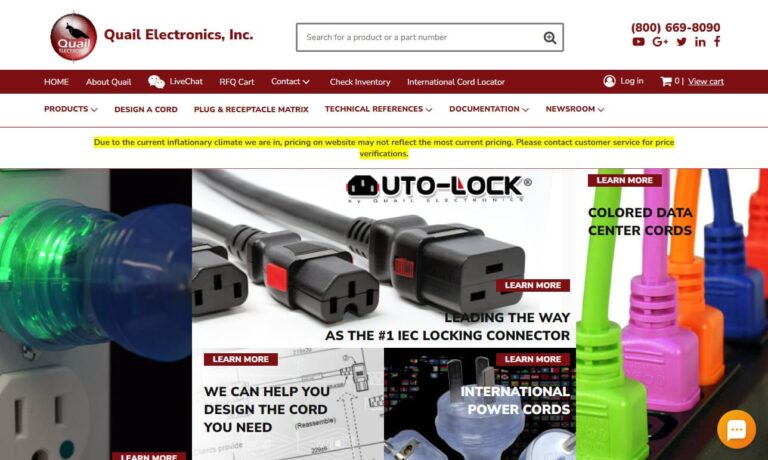
All of our power cords are tested and stand up to rigorous demands of everyday application. We serve a global market including the United Kingdom, Ireland, Germany, Switzerland, Austria and of course the United States.
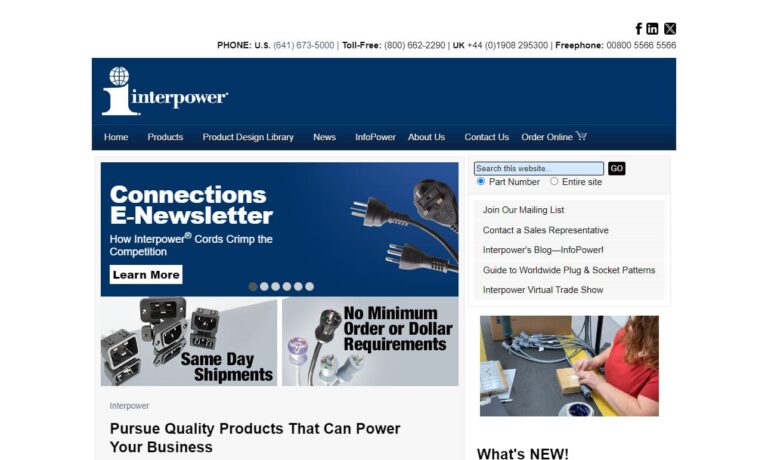
US Cordset Manufacturing provides power-supply products to various categories of customers from domestic to industrial. Our line of products include wiring harnesses, Coiled cords, extension cords, processed wires, high voltage twist lock cords, and more. Whether your requested electrical configuration is simple or intricate, our expert staff is ready to help.
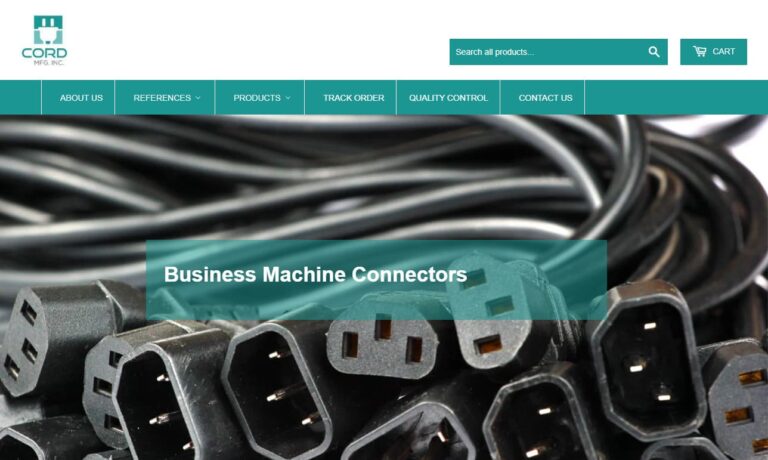
Our plug adapters are guaranteed to bring you a lifetime of value. Our staff is committed to bringing you only the most reliable products that are available. We will find solutions for your cord needs regardless of how difficult the job may be.
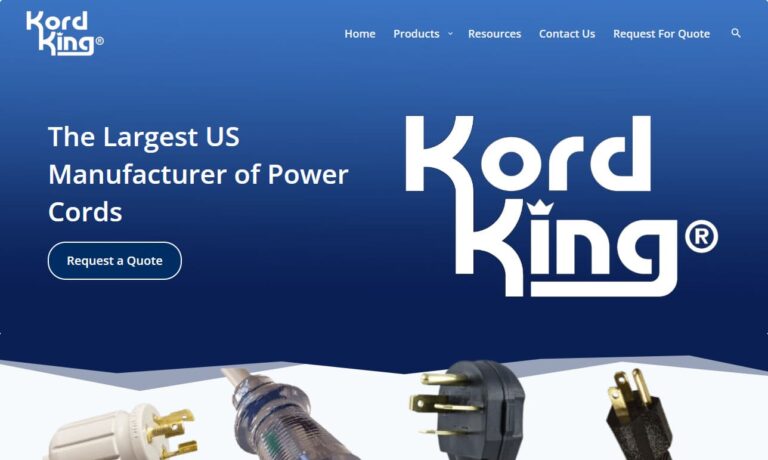
At Americord, we dedicate ourselves to delivering high-quality power cords and custom wiring solutions that meet the demands of diverse industries. We design and manufacture durable cords that are tailored for performance, safety, and reliability, serving applications ranging from consumer electronics and industrial machinery to specialized equipment requiring precise electrical connectivity.

At Cord-Sets, we dedicate ourselves to delivering high-quality power cord solutions that meet the needs of industries across the globe. We specialize in designing and manufacturing power cords, cord sets, and related components that are engineered for durability, safety, and reliable performance.

More NEMA Power Cord Manufacturers
Fractional Horsepower MotorAlmost all of the electrical plugs and electrical receptacles used and sold in the US abide by the manufacturing and material quality standards set by NEMA. An important result of this is the increased consistency and expectations between electrical component manufacturers and consumers.
The two most common NEMA standard connectors are the 1-15P and the 5-15; these are plugs with a body typically made of molded rubber and prongs made from steel or brass with a zinc, tin, or nickel coating. The 5-15 is used typically for general electrical devices and light-weight power loads. These are found broadly in homes, commercial, and office applications.
Other NEMA connectors carry different variations on these two common plugs, with more or differently placed prongs and increasing voltage capacities. The twist-locking L series and most other connector types are used for industrial purposes, and the types of connectors coincide with various types of use and voltage. For example, some types of locking connectors are used in boats, where there is movement and it is important that power connection not be lost or exposed where water damage could cause a short. The twist-lock cannot be pulled out of its outlet unless it is twisted open.
Devices approved by NEMA are typically engineered to be one wire or two wire devices depending on whether or not a device is polarized or grounded.
Different considerations to keep in mind when purchasing electrical components include the intended use of the power supply cord, plug or connectors, the intended energy load and transfer that will be required and the device for which it is needed.
As NEMA components are the standard for the US, other power cords and connectors will be required if there is to be any travel or exposure to an international power source. Plug adapters and international power cords are widely available, but are not always required to meet NEMA standards and therefore it will still be important to consider individual manufacturing and material quality.
Increased safety features and requirements are another benefit of having NEMA manufactured products available, and this is an important element missing from appliances that do not adhere to NEMA standards. Safety features on many NEMA parts include tamper resistant receptacles to reduce electrical shock, and grounding capabilities, especially in plugs which are intended for use in potentially wet areas such as out of doors, kitchens or basements in which a grounding capability will cut off the flow of electricity.

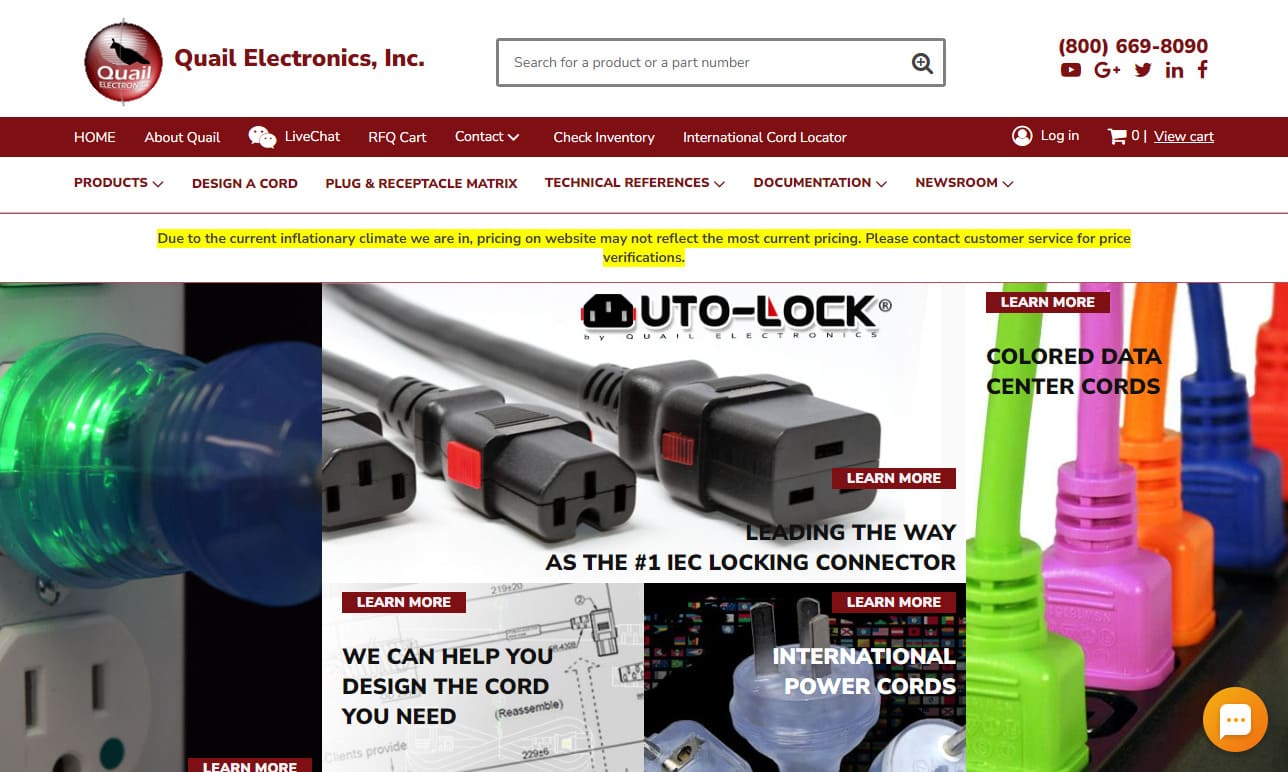
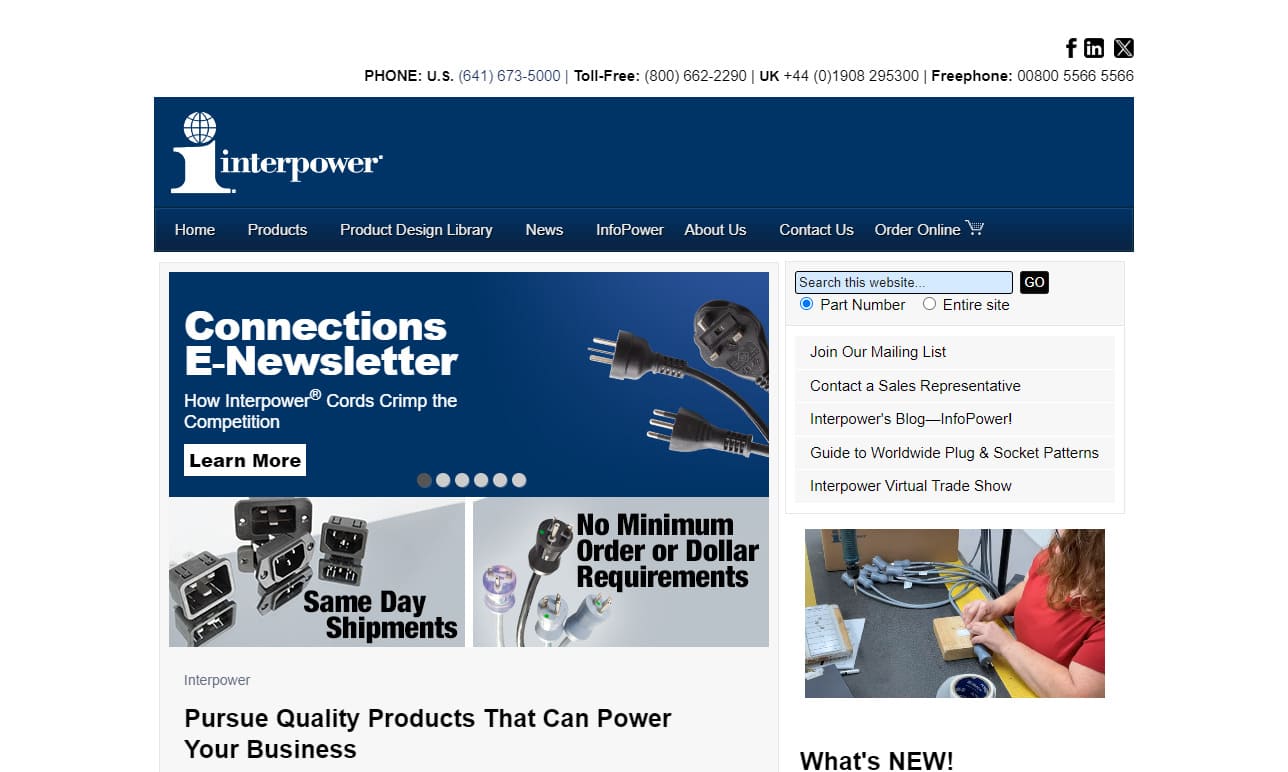
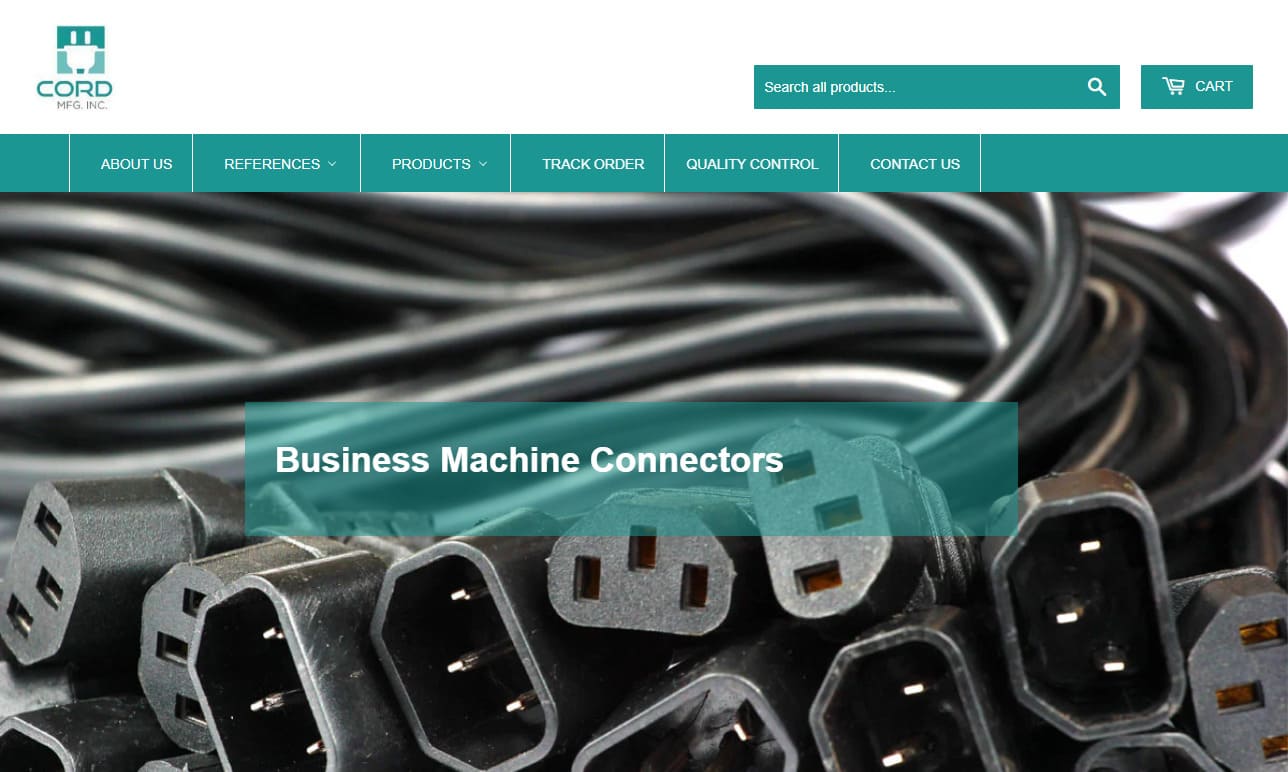
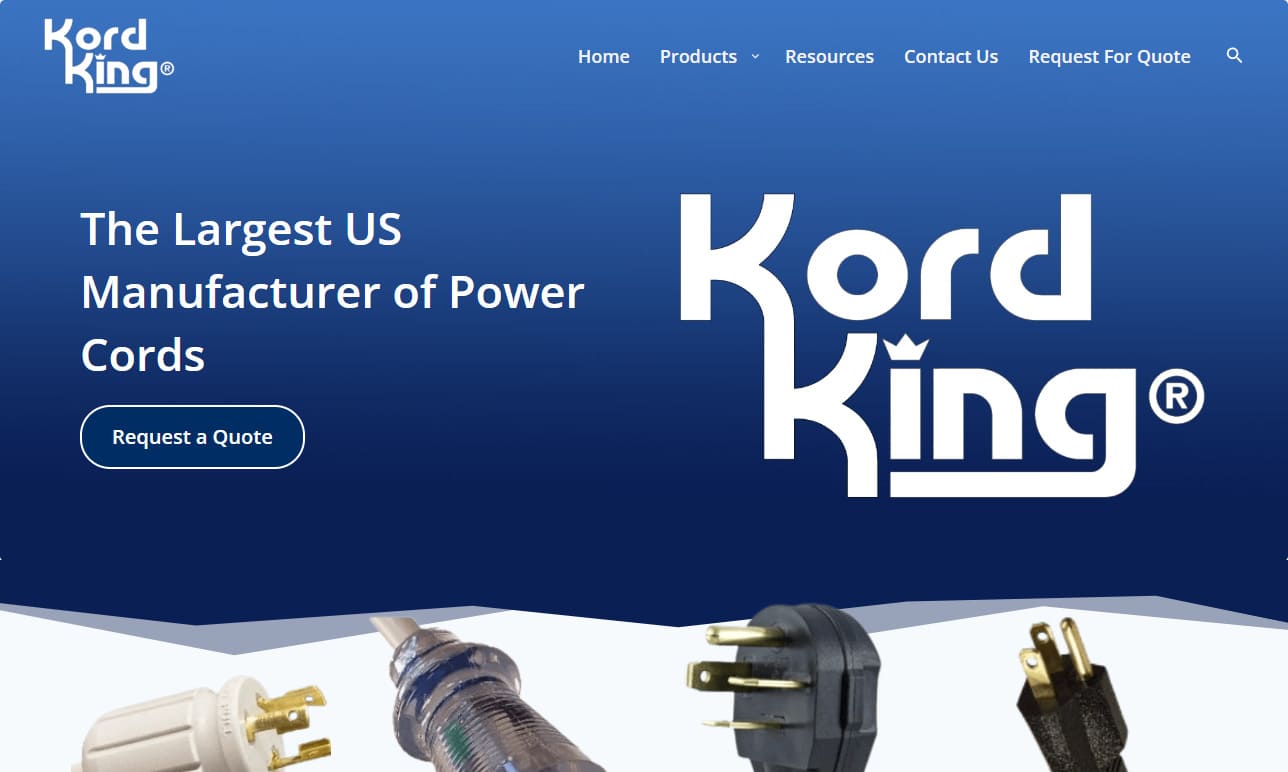
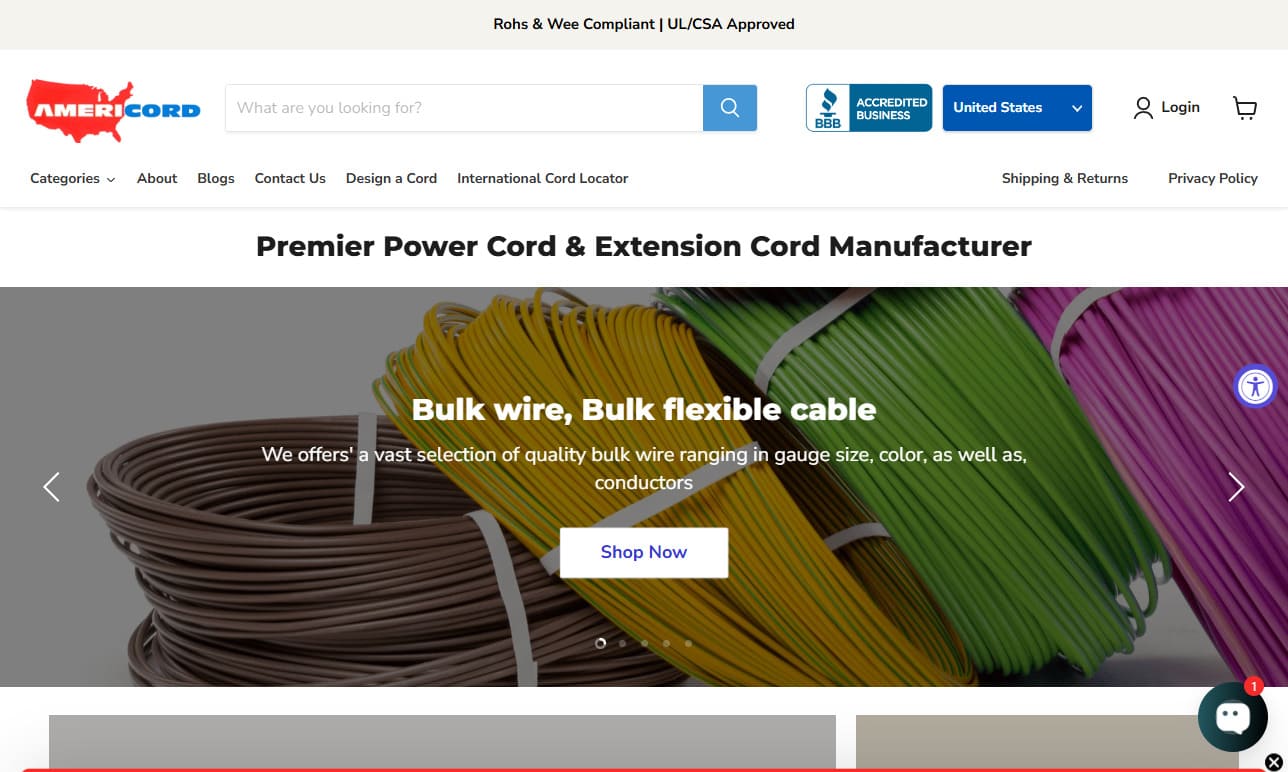

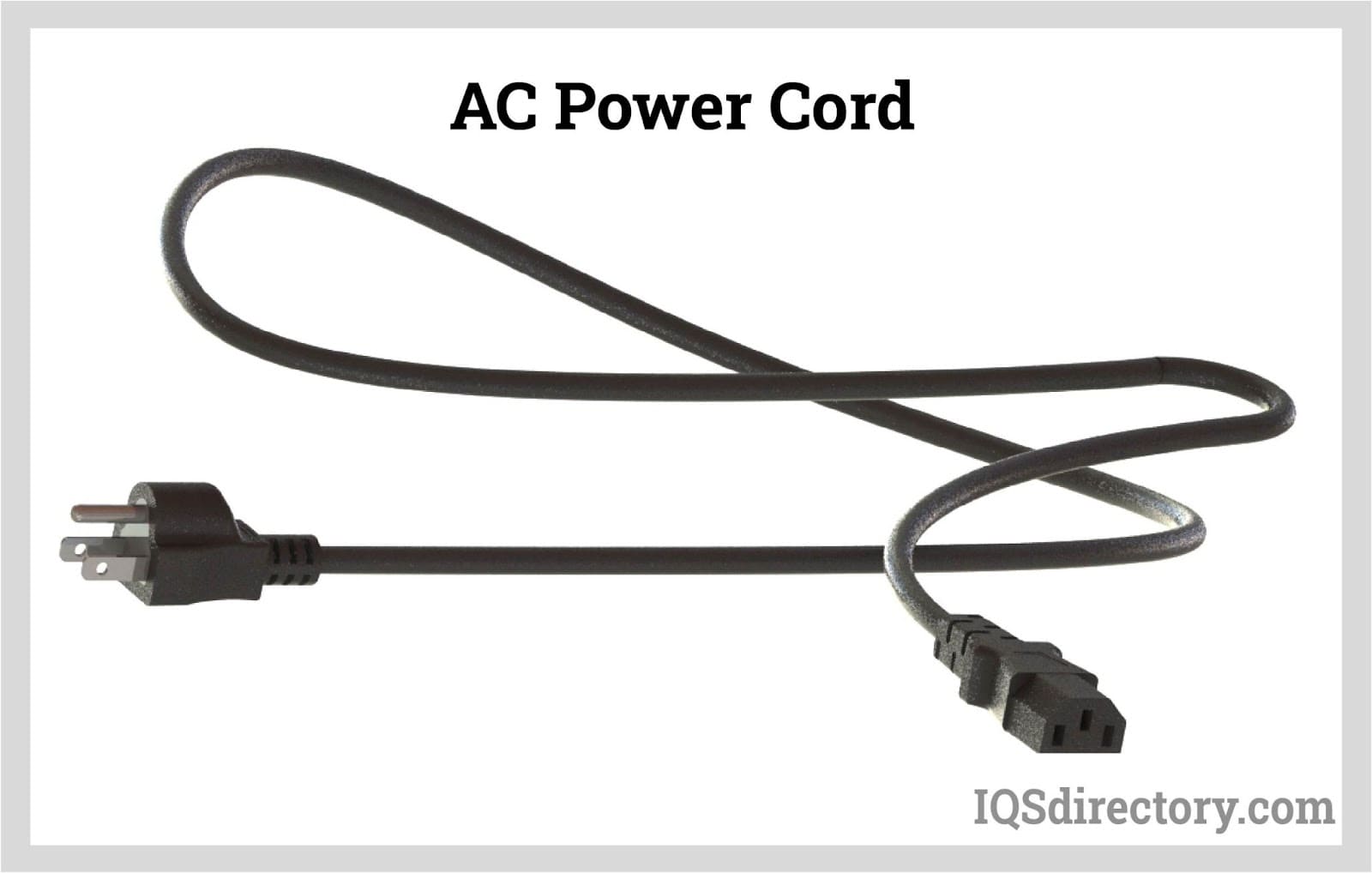
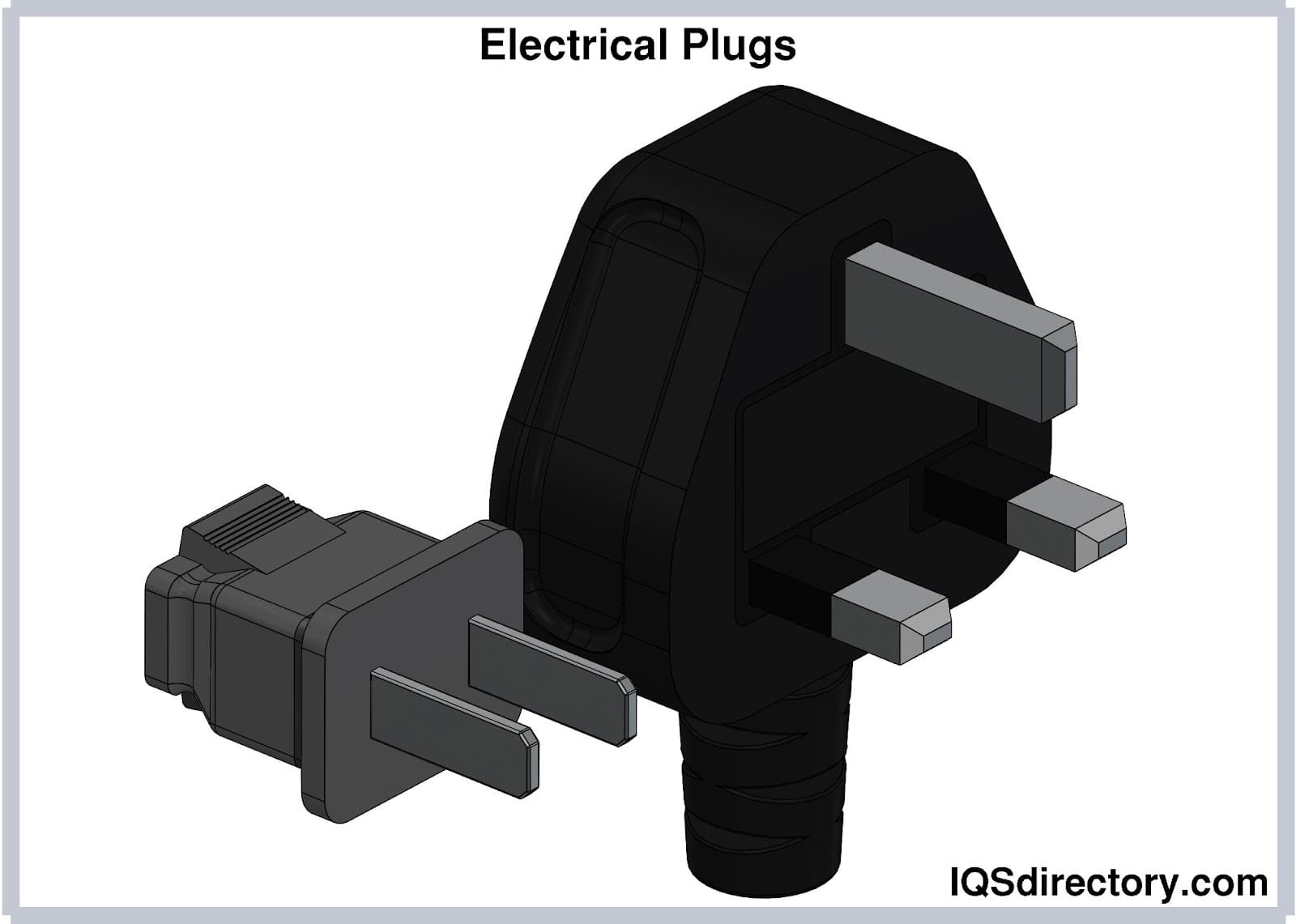

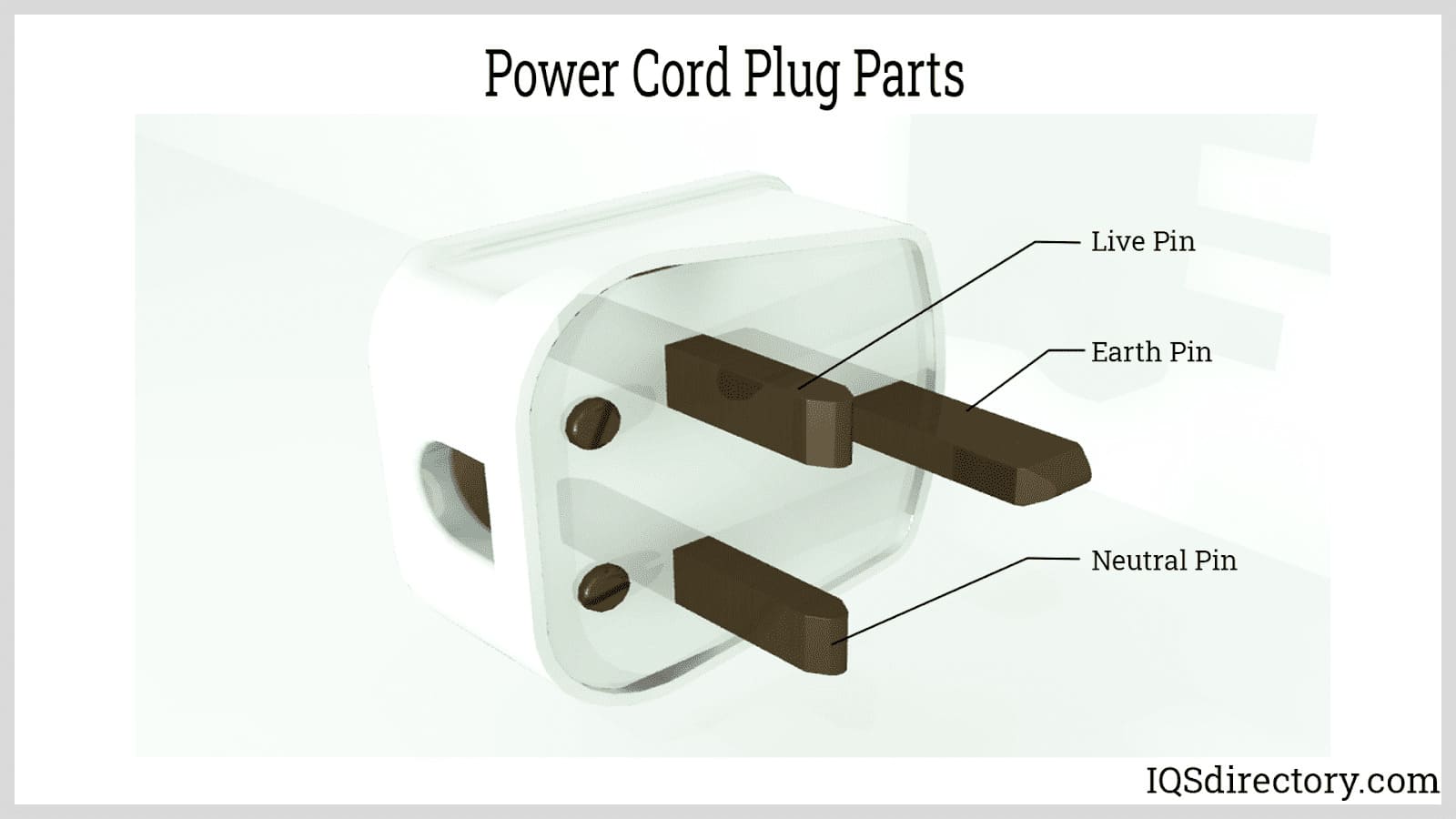
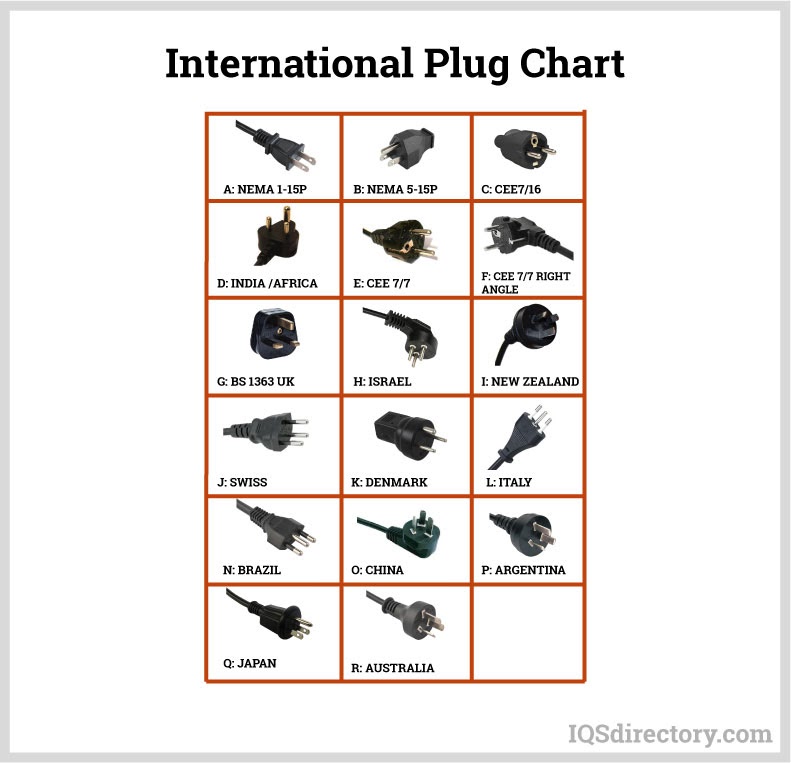
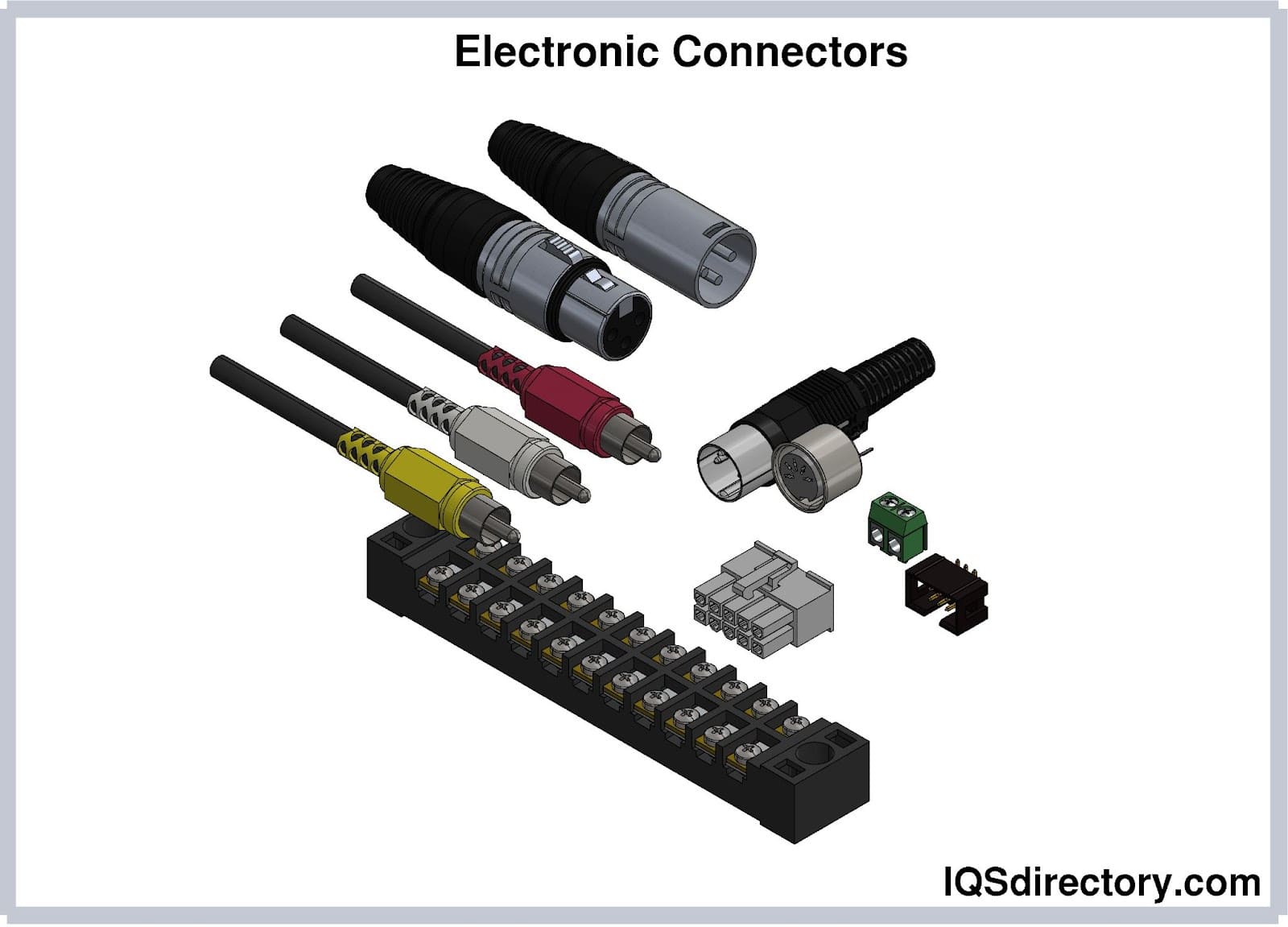
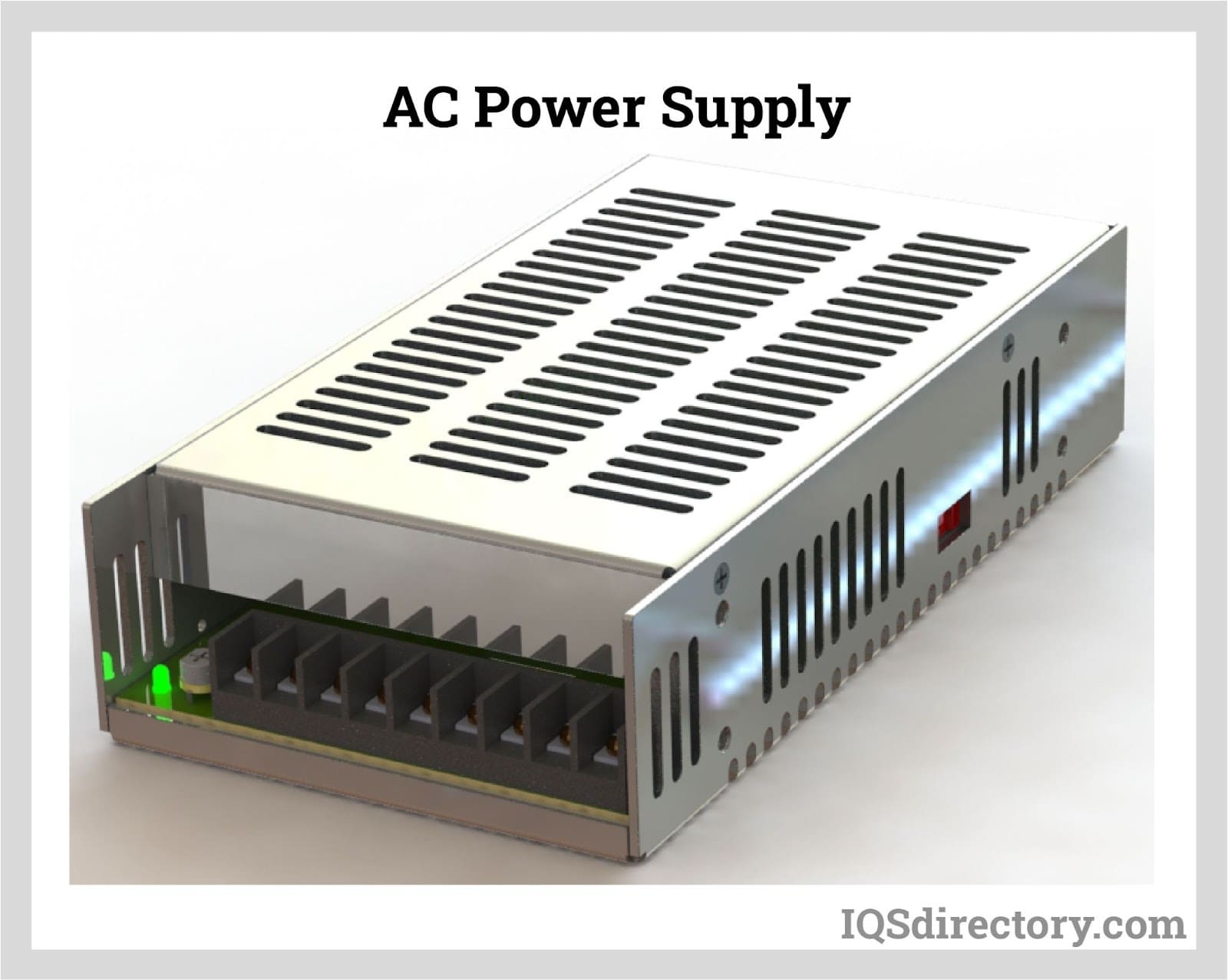
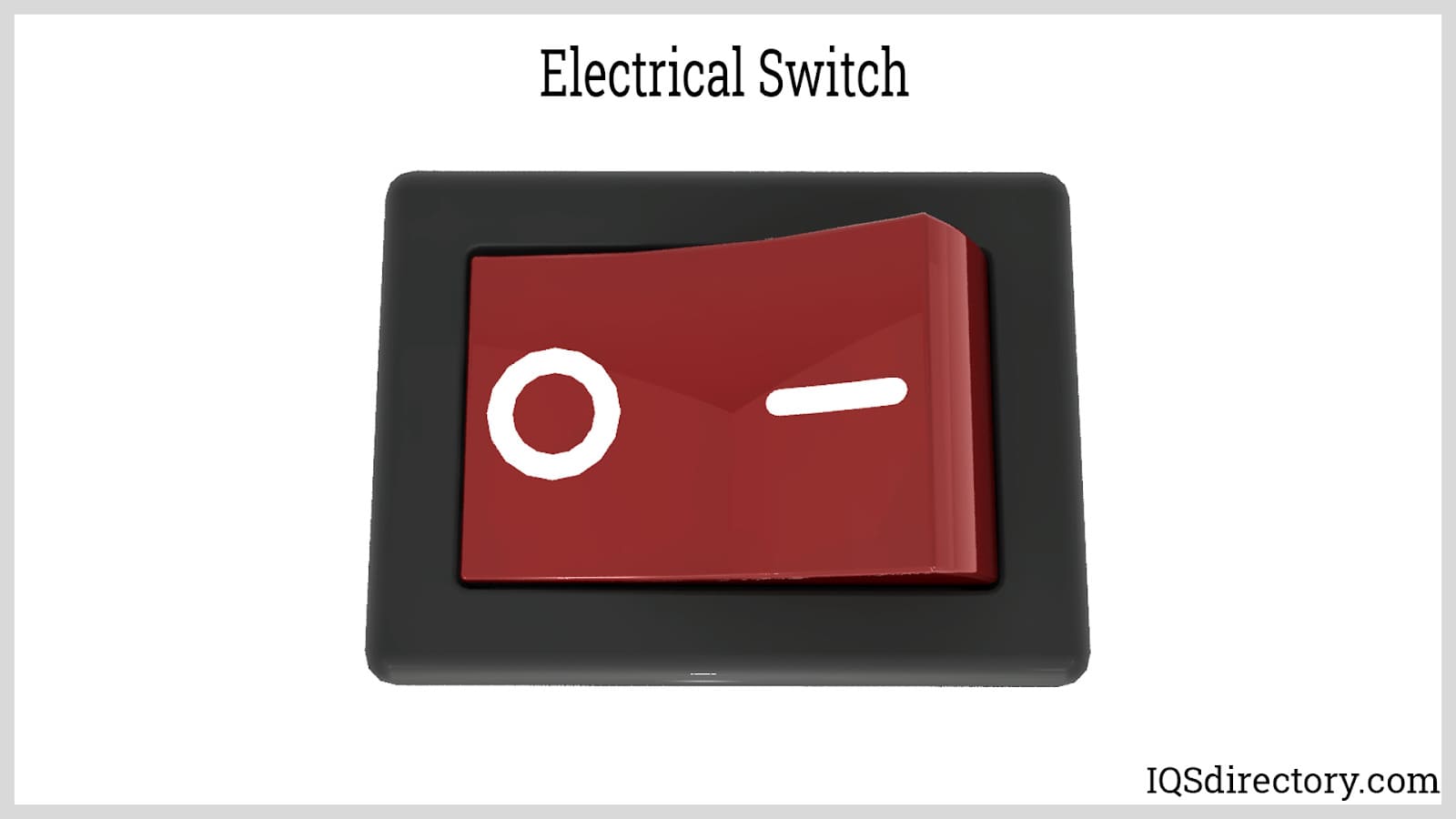
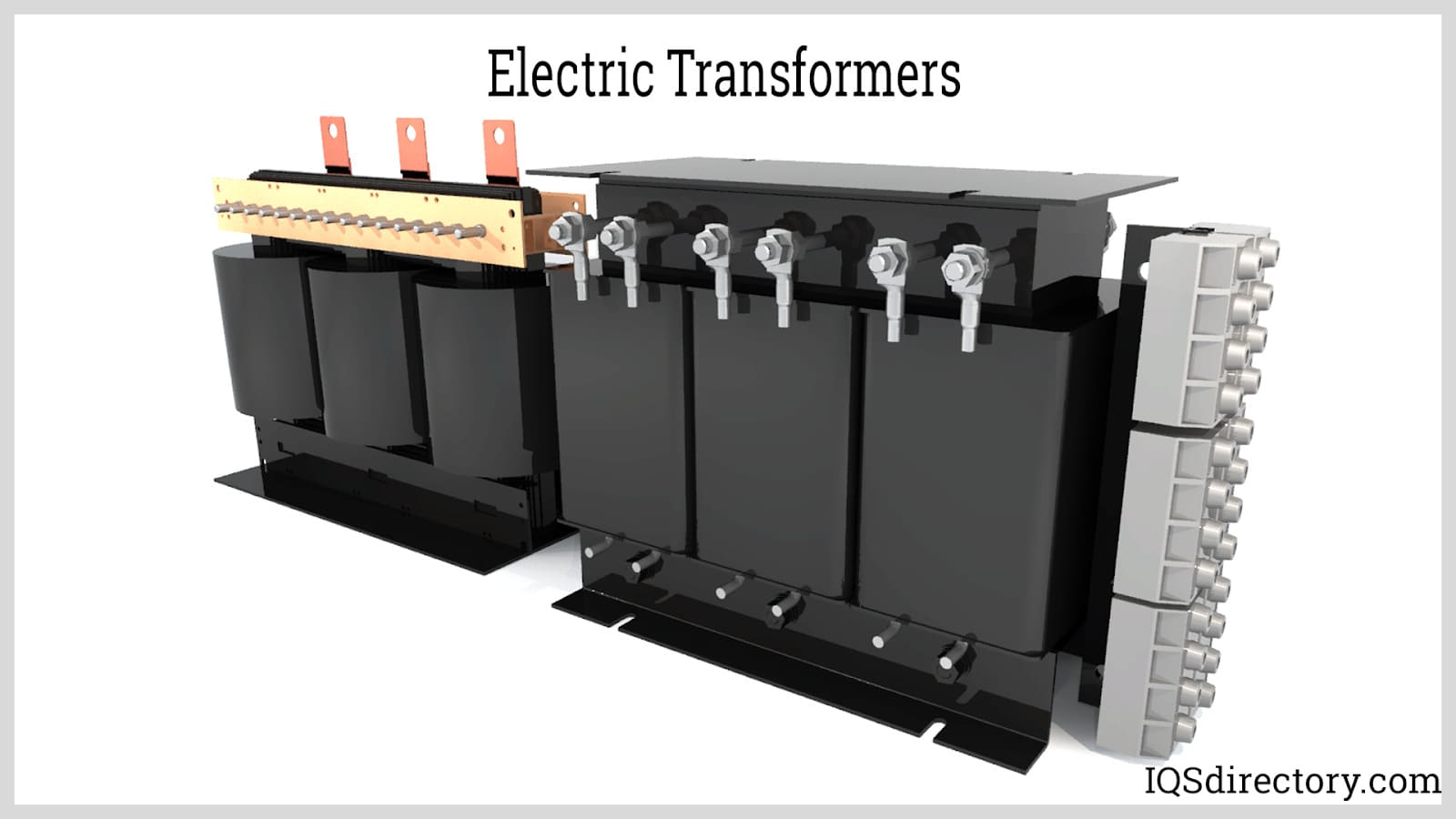

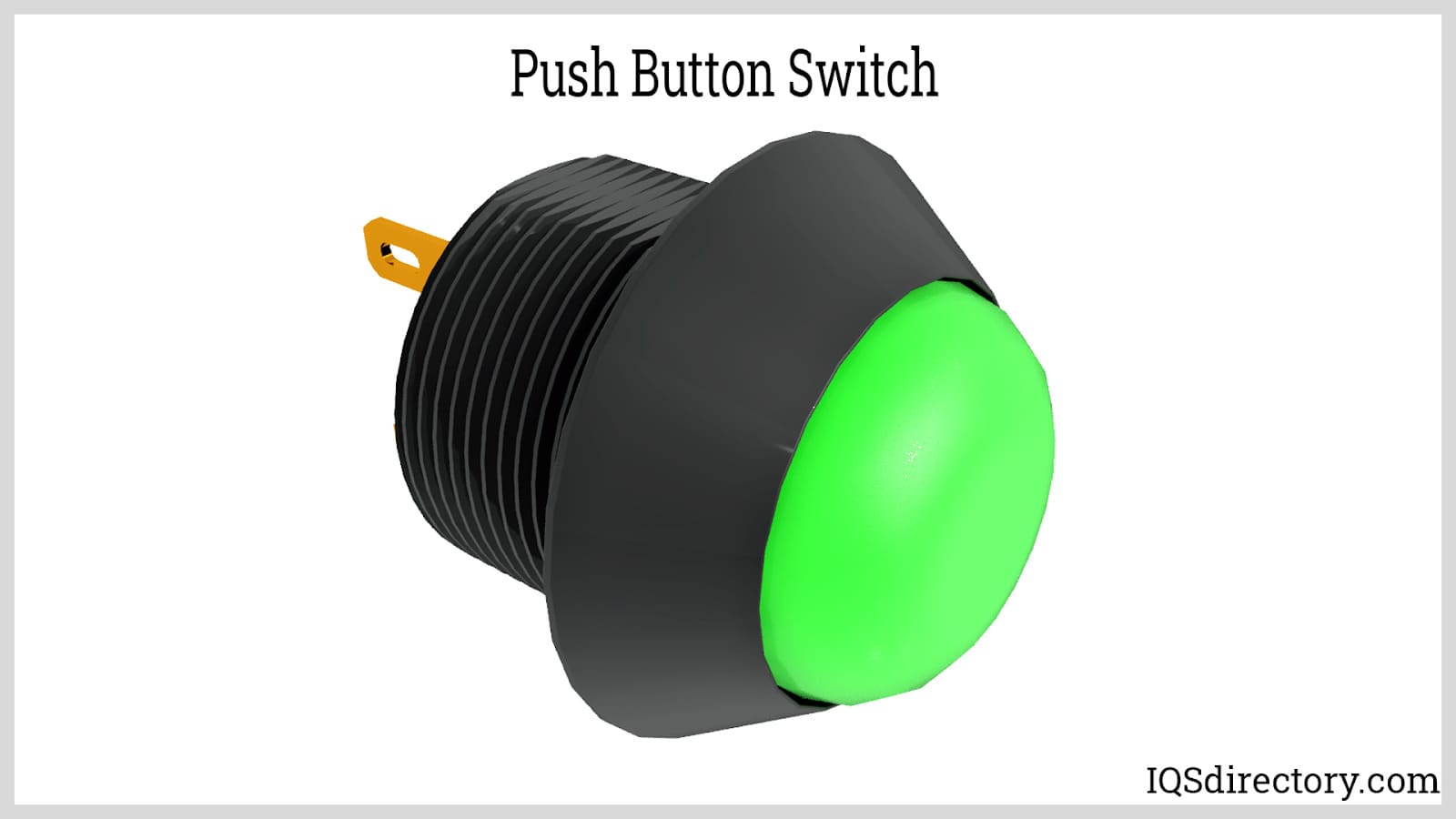
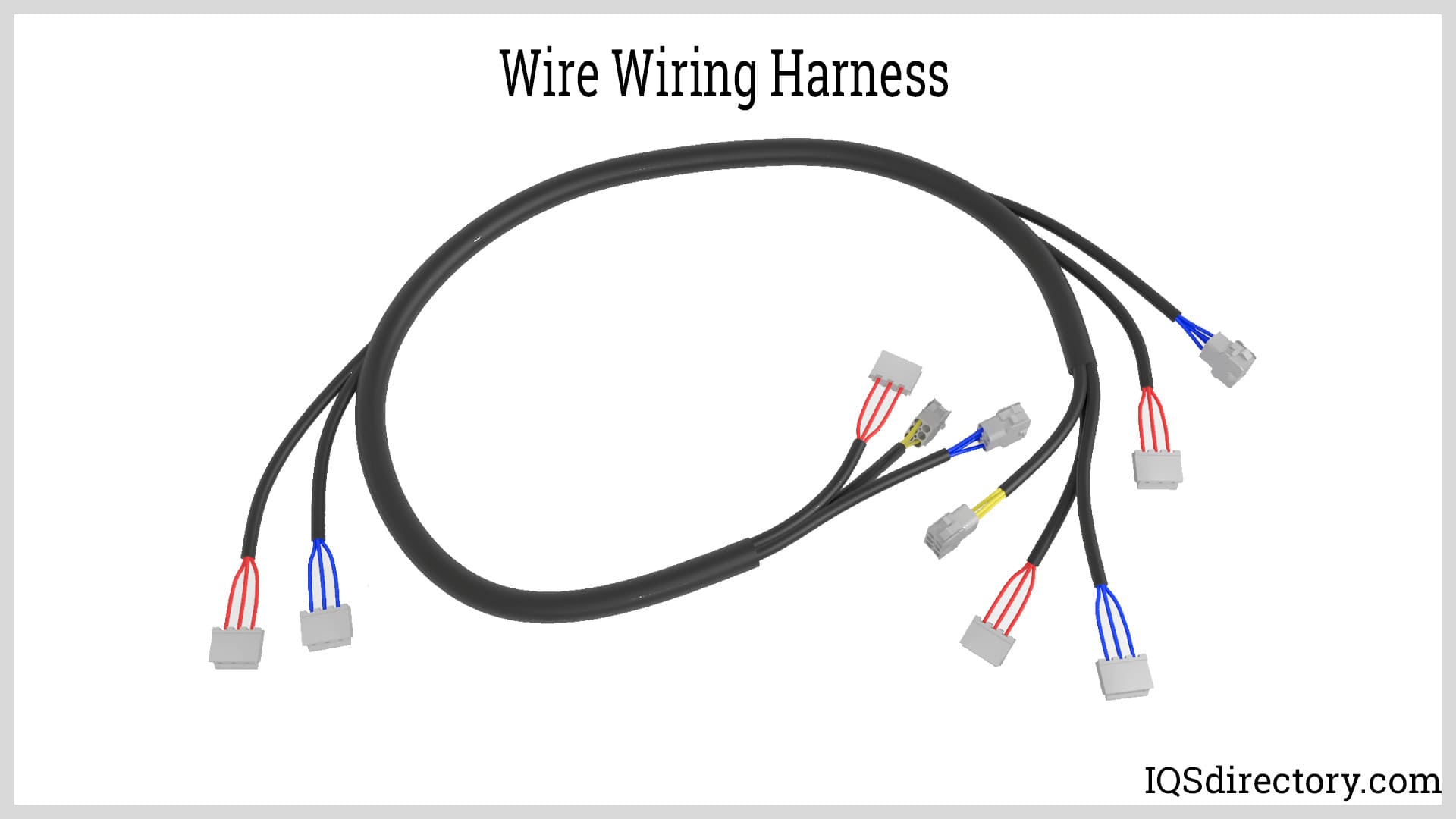
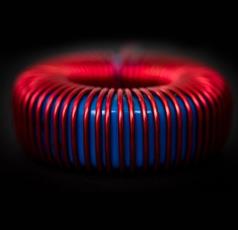 Electric Coils
Electric Coils Electric Switches
Electric Switches Electric Transformers
Electric Transformers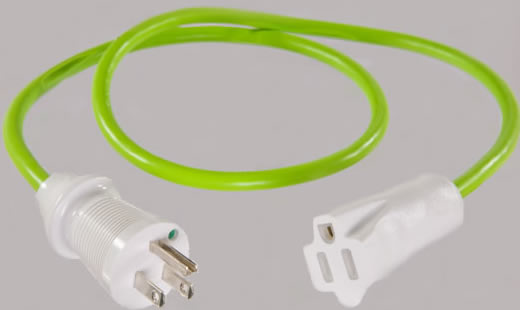 Electronic Connectors
Electronic Connectors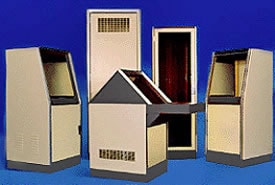 Electronic Enclosures
Electronic Enclosures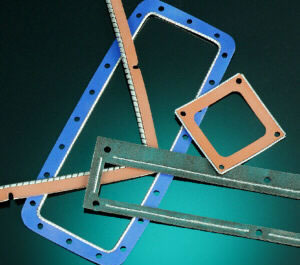 EMI Shielding
EMI Shielding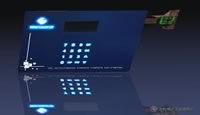 Membrane Switches
Membrane Switches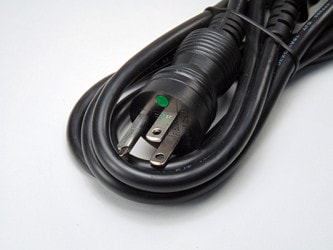 Power Cords
Power Cords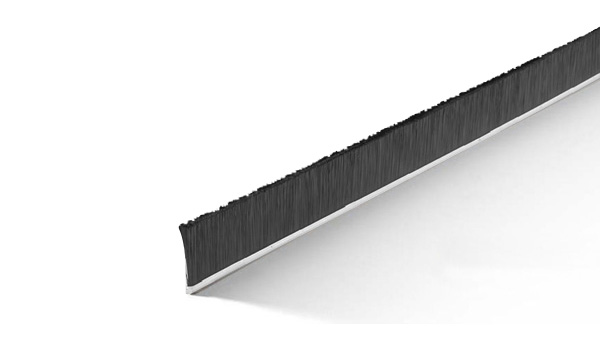 Static Eliminators
Static Eliminators Castings & Forgings
Castings & Forgings Bulk Material Handling
Bulk Material Handling Electrical & Electronic Components
Electrical & Electronic Components Flow Instrumentation
Flow Instrumentation Hardware
Hardware Material Handling Equipment
Material Handling Equipment Metal Cutting Services
Metal Cutting Services Metal Forming Services
Metal Forming Services Metal Suppliers
Metal Suppliers Motion Control Products
Motion Control Products Plant & Facility Equipment
Plant & Facility Equipment Plant & Facility Supplies
Plant & Facility Supplies Plastic Molding Processes
Plastic Molding Processes Pumps & Valves
Pumps & Valves Recycling Equipment
Recycling Equipment Rubber Products & Services
Rubber Products & Services